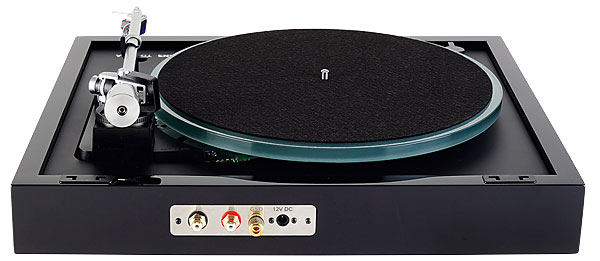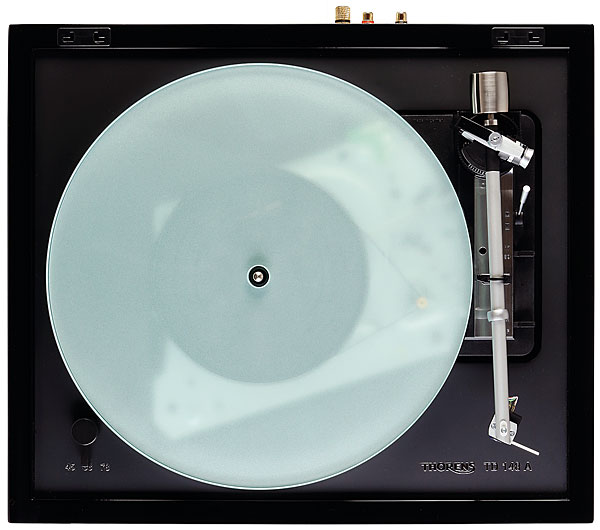Thorens TD 148A Turntable Page 2
Even more encouraging, the violins filling Vivaldi's 'Spring' [Four Seasons; EMI CFP 40016] soared into my listening room with an appropriately thrilling energy even if this was at the loss of some subtlety. I'm a big fan of the Ortofon 2M Blue but it is, ultimately, an affordable design which can, on occasion, over-step the mark. It works so very well partnered with the TD 148A, but the combination still has limits!
Real Deal
That said, the TD 148A typically makes a fine fist of capturing the finer nuances of electronic and acoustic instruments. I was genuinely taken by the piano on 'Elegy' from Runrig's The Story [Ridge Records RR079], its warmth and richness more akin to the performance I'd expect from a costlier LP spinner. There was just the right overhang associated with every note to evoke the feeling of an instrument in a believable acoustic.

Most impressively, however, the previous track on the album, 'Rise And Fall', showed the TD 148A to be capable of delivering decently well-focused central images. Both Bruce Guthro and Rory Macdonald were locked solidly in the centre of the soundstage when performing lead vocal parts on the track.
However, with this strong central bias can come a slight dilution in the action revealed in the far-flung edges of the soundstage. In this instance while stereo images were convincingly marshalled to the fore and far distance, the focus was on hotspots across the stage, rather than on building a big and uniform musical picture.
Happy Feet
Here the main lead vocals were positioned centrally, but the backing instruments and voices were somewhat anchored to the left and right speakers. It was, perhaps, not unlike listening to a three-speaker set-up of left, centre and right channels, with little in the way of overlap. As a result, the backing vocals on 'Rise And Fall' could be too easily masked by the main protagonists, rather than complementing them.
Equally, the solo piano on 'Elegy' includes some distinctive background effects heard as the foot pedals are operated. Via the TD 148A, these were pushed a little further into the background than perhaps they should, though my attention was undoubtedly drawn to the energy, once again, spilling from the body of the instrument.

The TD 148A regained plenty of ground at the low end, however, offering bass that was firm, fairly detailed and impressively tactile. Correctly sited, the deck never boomed or floundered, and was able to pick out deep bass lines with surprising ease. Sure enough, it won't quite offer the ultimate 'punch to the stomach' when fed a pounding dance beat, but its typically taut handling of rock and pop music found my feet contentedly tapping along.
Upright Character
Upper bass is arguably more vividly detailed via the TD 148A just as its excellent speed stability blesses it with a welcome and very secure 'tunefulness'. Bass guitar starts and stops cleanly, just as upright acoustic bass usually possesses the woody resonance and richness that ensures the instrument sounds believable. In this respect, the TD 148A is every inch the classic Thorens turntable.
Hi-Fi News Verdict
The TD 148A is an appealing turntable with slick automation that is both easy to set up and user-friendly. Yes, it falls a little short of Thorens' manual decks in terms of performance, particularly when it comes to soundstaging, but compromise is the name of the game here. So I'm not entirely sure it heralds the start of a new automated revolution but, as a convenient package, it succeeds admirably.
























































